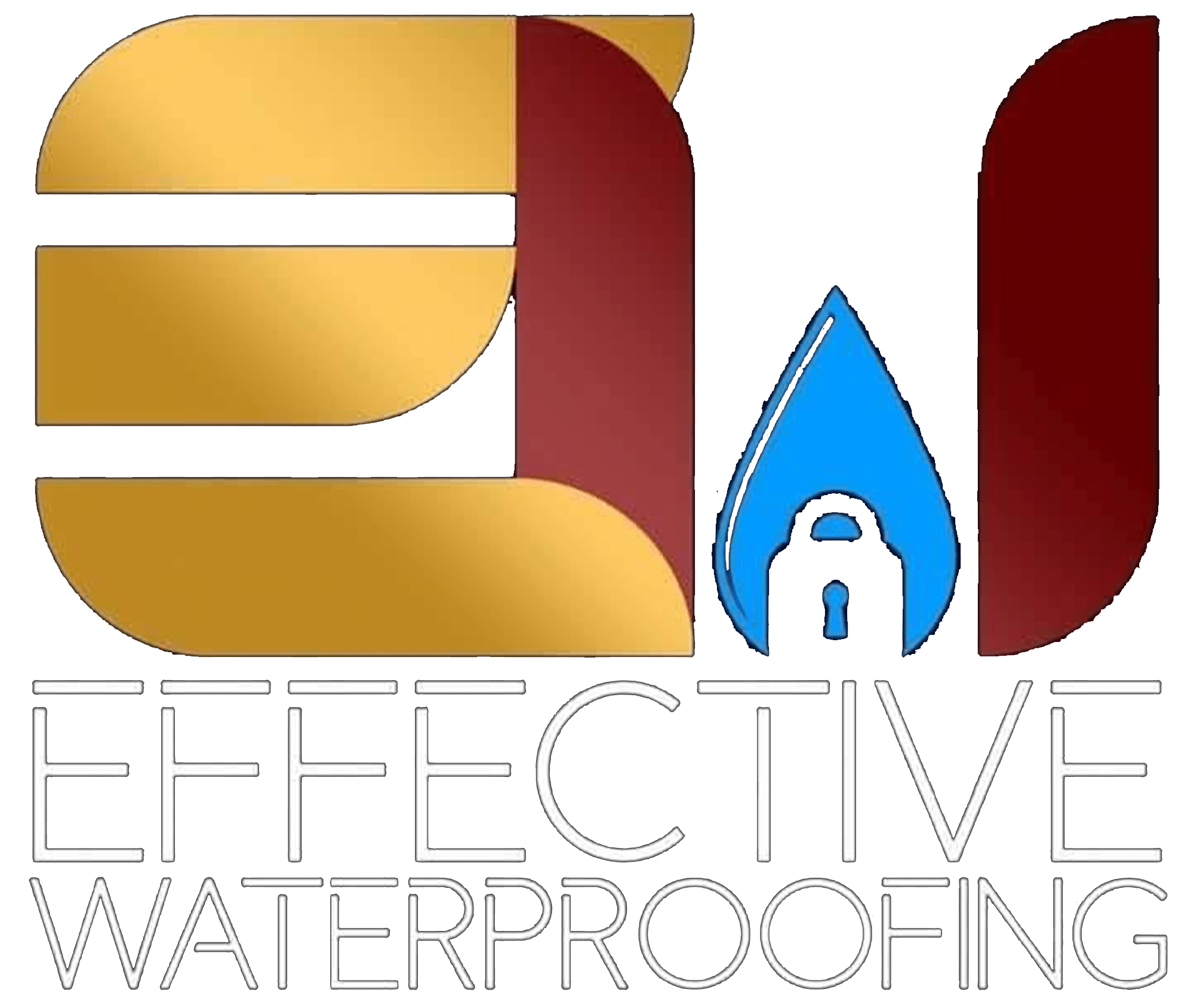
It's essential to be aware of common indicators of basement water damage, understand how to identify them, and take the necessary steps for resolution.
We strongly advise consulting with professionals to address basement damage issues effectively.
Water Stains: Water stains may appear on the floor or walls, sometimes visibly darker or with mold residue. Recommendations include a baseboard waterproofing system for wall stains and a drain tile system for floor stains.
Standing Water: Clear standing water promptly to prevent potential damage. The cause may stem from issues like faulty gutters, poor yard slope, or a high water table, necessitating a better drainage system.
Damp or Wet Areas: Even without standing water, persistent dampness should raise concerns. Mitigation may involve a dehumidifier or installing a waterproofing system, such as the Dry-up Baseboard or a French drain.
Mold or Mildew Growth: Visible or musty odors indicate moisture. Address with a dehumidifier, ensure proper gutter function, and assess yard grade.
Rotting Wood: Wood decay may result from elevated basement moisture levels. Consider floor drainage systems if the source of moisture is below.
Peeling Wallpaper or Paint: Indicates water seepage. Exterior sealing and yard grade work may resolve this.
Efflorescence: A powdery substance on walls or floor suggests excess moisture. Exterior wall sealing might be effective.
Rust or Corrosion: Metal corrosion indicates moisture presence. Consult a professional for potential leaks or drainage issues.
Bubbling Drywall: Moisture intrusion leads to drywall bubbles. Check for leaky pipes or drainage system problems.
Cracks in Walls or Floor: Cracks indicate water-related issues. A French drain may be necessary for floor cracks.
Deteriorating Concrete: Identify the cause before acting. Freeze-thaw cycles can degrade exposed basement concrete.
Sweating Windows: Improve ventilation to mitigate humidity levels, preventing potential mold growth.
Warped or Buckling Floor: Moisture absorption may lead to structural issues. Consider a basement wall brace and drainage system.
Stained or Deteriorating Carpet: Remove carpets if moisture is present. Drying the area and maintaining low humidity levels are essential.
Rotten Cardboard Boxes: Identify and resolve the cause—flooding or high humidity. A new drainage system may be necessary.
Insect or Pest Activity: Trace moisture sources to eradicate pests. Pest control may be needed alongside waterproofing solutions.
High Humidity Levels: Install a dehumidifier to address humidity. Consider a drainage system for a comprehensive solution.
Visible Water Leaks: Locate and fix leak sources. Implement a drainage or waterproofing system to prevent future leaks.
Sump Pump Constantly Running: Check sump pump functionality. Continuous running may indicate basement leaks requiring attention.
Effective resolution depends on accurate identification of issues and tailored solutions. Consult professionals for a thorough assessment and appropriate action.
